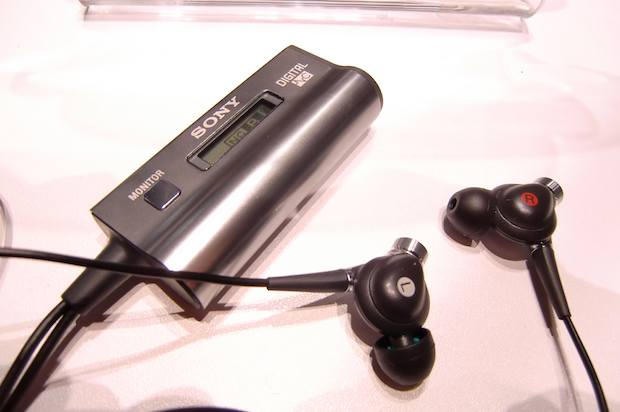We start the week with deals for taking images and then storing your important data. When digital cameras appeared, we thought it could sound the death knell for single-lens reflex units that were a step up from single point-and-shoot devices. However, we now see a resurgence in SLRs, reborn for the digital age. One example is Nikon. We take a look at the Nikon D3000 which couples the ease of digital with the flexibility of the company’s famous Nikkor lenses. As digital content grows, we find even 200GB hard drives bursting at the seams. An increasingly common solution is external hard drives. Whether you just want to store your family pics or archive an avalanche of important financial documents, we check out two drives from both ends of that spectrum: the ‘disaster-proof’ 2TB ioSafe Solo and the convenient home Western Digital My Book.
For details on these and many more items, check out CoM’s “Daily Deals” page after the jump.






























